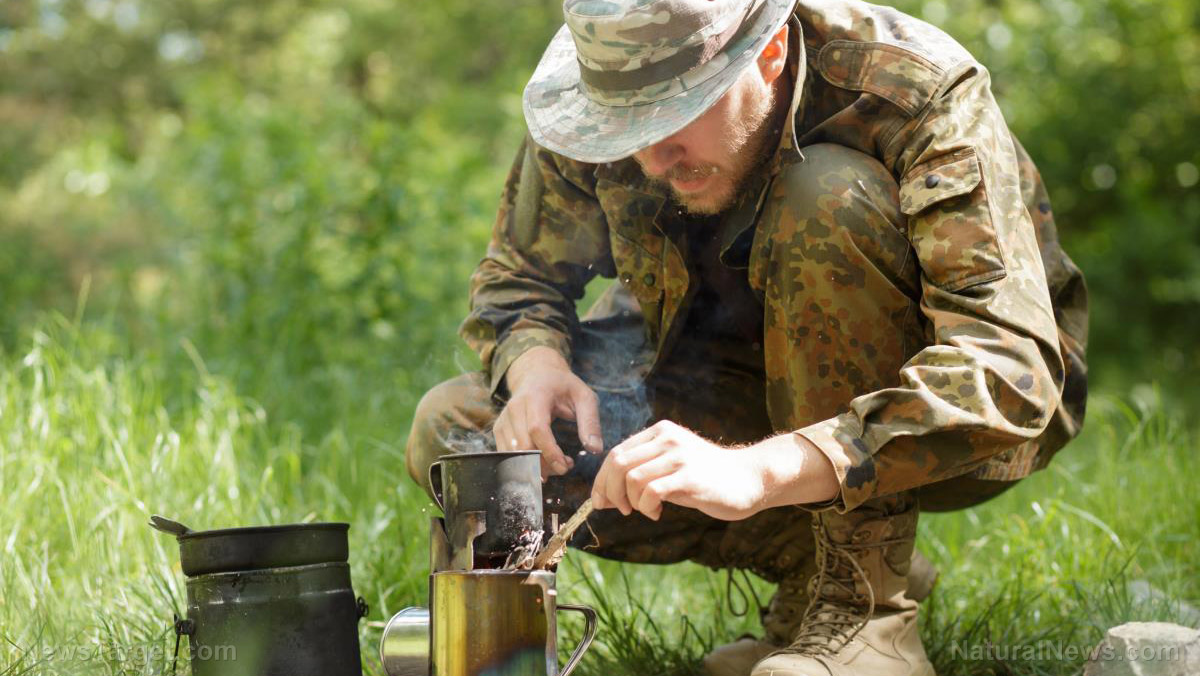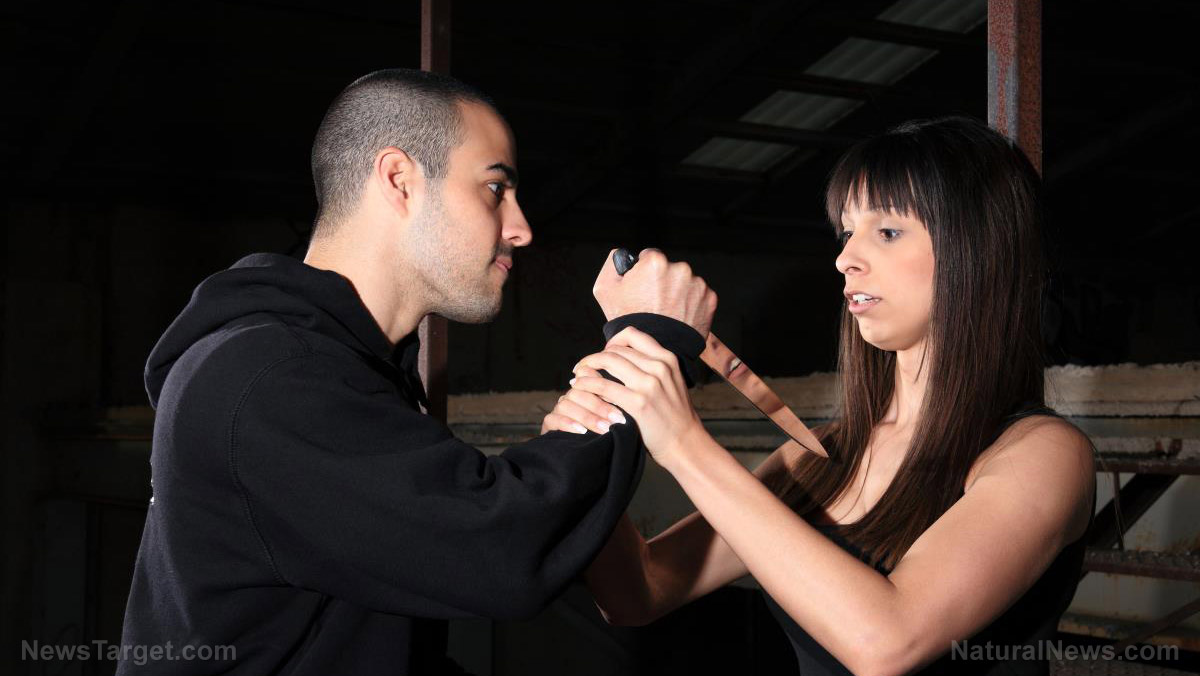All about paracord: Types, uses and more
03/01/2018 / By Edsel Cook

Good paracord is invaluable in bushcraft, surviving wilderness, and mundane chores. According to More Than Just Surviving, here are the types of paracord and their uses.
Paracute cord is a class of sturdy and lightweight nylon ropes. Abbreviated as “paracord” and also called “550 cord” and “type III cord”, it was first used in parachutes. Its strength-to-weight ratio and versatility make it popular with military and civilian users.
Paracord is distinguishable from regular nylon or polyester rope by its braided sheath that holds a number of tightly-interwoven nylon strands. If it doesn’t have the sheath, it’s not paracord. Although thrice as strong as standard nylon rope, paracord’s defining trait is the versatility from its multi-tier construction. A length of parachute cord can be extended far past its length by pulling the inner strands (its “guts”) apart, heating them, and fusing them together. The individual strands are sturdy enough to hold the cord together.
Paracord should not replace climbing rope because the two ropes are designed for very different purposes. Use the appropriate rope for the task and err on the safe side by using conservative estimates on the amount of cordage you need.
Paracord can be used as a single cord by taking apart its inner strands. The only limit to its use in bushcraft and wilderness survival is the user’s imagination. (Related: Want to learn real preparedness skills now? Follow The Prepared Mind channel on YouTube.)
When taken apart, the inner strands can serve as fishing lines and nets, traps for small games and holding together the branches of a shelter. The outer casting can serve as bootlaces or strap a knife and stick together to form a makeshift spear.
Paracords are not created equal
Paracord types have different optimal rated strength and number of core strands.
- Type I – 95 pounds (lbs), one strand
- Type II – 400 lbs, four to seven strands
- Type III – 550 lbs, seven to nine strands
- Type IV – 750 lbs,, 11 strands
Type III is the most common type. When a survivalist talks about paracord, he means type III.
We recommend U.S.-manufactured paracord based on personal experience. Paracord buyers should likewise check their vendors and test their new cords because their very lives will depend on it. Be warned against marketing that brand a product as “MilSpec” or “military-rated” paracord. Instead, take a close look at the cord.
Military Spec paracord is made of a nylon outer layer and an inner layer of seven to nine nylon strands. Each strand has three yarns, for a total of 21 to 27 yarns. To determine if that seven-strand paracord is true MilSpec, burn the tips of the inner yarns and touch them to a separate nylon item. MilSpec cord is pure nylon, and nylon will fuse with itself. If your “nylon” strand does not fuse with nylon, it’s polyester. Commercial paracord uses it to save costs.
Most bushcraft jobs don’t need MilSpec paracord. Pick what is best for you.
A survivalist and his paracord
Once satisfied with your paracord’s authenticity, stress-test it. This is also the fun part as you get to think of various ways to use your cordage. Keep unused paracord inside a water-proof bag or container. The storage place should be a cool, dry place with no UV light.
Always inspect the strands for fraying and other signs of damage from abrasion or friction. Don’t over-use it; it’s better to get new paracord. Take good care of your paracord and it will take good care of you.
Get in gear when it comes to survival and bushcraft equipment at Gear.News.
Sources include:
Tagged Under: 550 cord, BUSHCRAFT, Gear, parachute cord, paracord, survival skills, type 3 cord, type III cord, wilderness survival




















